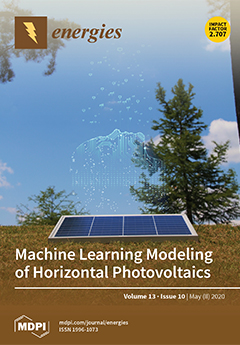Nowadays, heating using wood, briquettes, or pellets is a curious replacement to fossil fuels such as coal, oil, or gas. Unfortunately, the combustion of biofuels, especially in low-power boilers with unstable operating conditions, releases a lot of gas pollutants (e.g., carbon monoxide (CO),
[...] Read more.
Nowadays, heating using wood, briquettes, or pellets is a curious replacement to fossil fuels such as coal, oil, or gas. Unfortunately, the combustion of biofuels, especially in low-power boilers with unstable operating conditions, releases a lot of gas pollutants (e.g., carbon monoxide (CO), nitric oxide (NO), and various organic compounds) that are usually generated due to the incomplete product combustion. The combustion of biofuel in grate boilers with top-down ignition is a new approach, popular in society (mainly used for coal fuels), which improves the combustion process and reduces the amount of pollutants emitted. This study evaluated the impact of ignition techniques on the emission level of gas pollutants during the combustion of wood logs, briquettes, and pellets of pine in grate-based charging boilers. The combination of top ignition mode with pinewood logs allowed us to achieve a reduction of 6% in CO and sulfur dioxide (SO
2) emission into the atmosphere. However, the combination of top-down ignition mode with pellets and briquettes produced, in fully operational conditions, 1- to 18-fold higher levels of CO and SO
2 respectively, than bottom-up ignition, after an initial period of low level CO and SO
2 emissions. During the tests (mainly with ignition from top), substantial emissions of NO were observed of up to 400 mg·m
−3 at 10% O
2. Therefore, further research is required to decrease emission related to the content of nitrogen in biomass. In this respect, research of impact on the combustion temperature of such emissions is needed.
Full article





